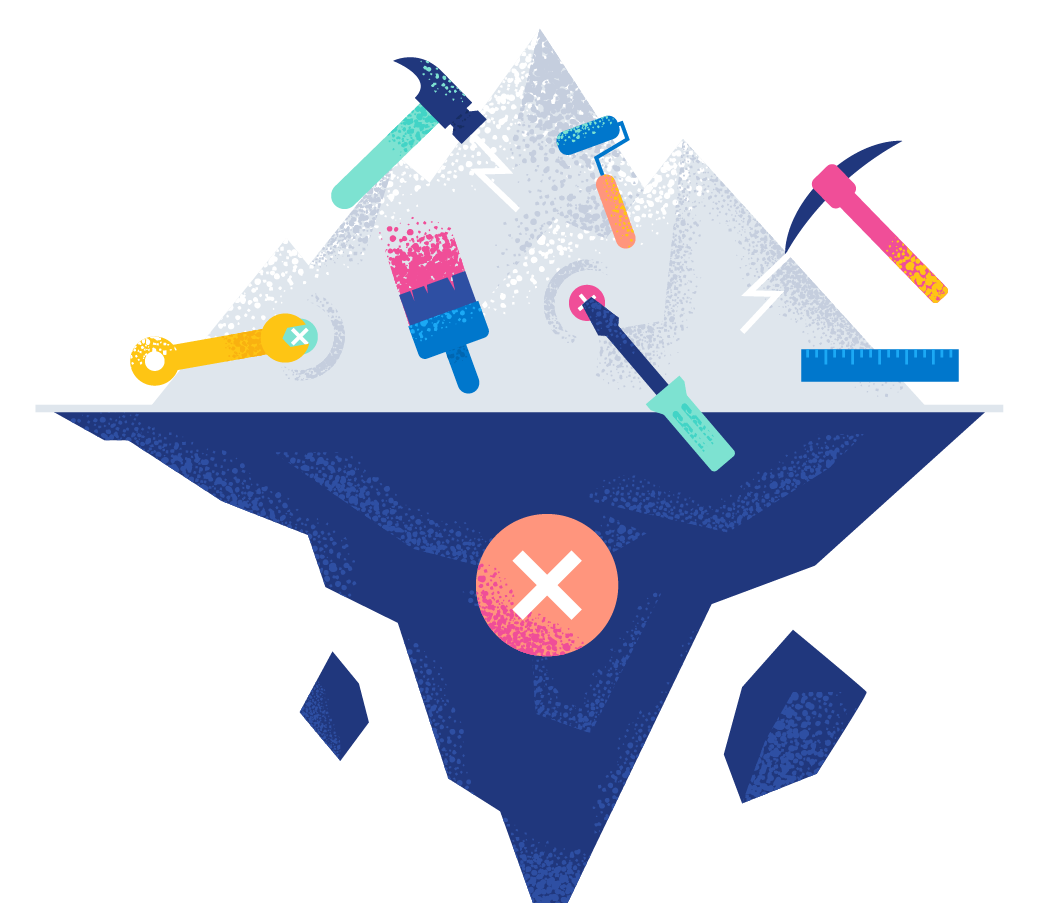Improve operational resilience by solving your hidden data challenges
Your organization's IT teams need to continuously analyze digital systems vitals and telemetry signals to keep operational systems' up and running. This data needs to be monitored and proactively handled in real time by your IT and security teams to ensure business continuity and prevent any unplanned downtime or security attack-related outage.

Implement search, observability, and security solutions to transform your data into answers in real time

Unfortunately, your current tools aren't working
Slow time to results
Inflexible architecture
Disconnected workflows
Opting for point solutions like log monitoring, APM, SIEM may seem strategic for improving business continuity, but it can lead to drawbacks that ultimately impact your resilience. But don't worry! There's a better solution.

Meet Elastic
Elastic is a leading provider for comprehensive search, observability, and security solutions. All powered by the same flexible and performant data analytics platform, Elastic helps organizations around the world unlock the full potential of their data to mitigate security risks.
Additional resources
In a recent third-party survey, over 1,400 Elastic customers shared their observability experiences, revealing quantifiable benefits that directly contributed to business outcomes.
Resilient organizations have CIOs who have enabled remote work, migrated operations to the cloud to realize savings, and found new ways for technology to support productivity.
Prepare for your systems to be put to the test with a resiliency solution that has distributed architecture, multiple availability zones, and geo-distributed disaster recovery.











